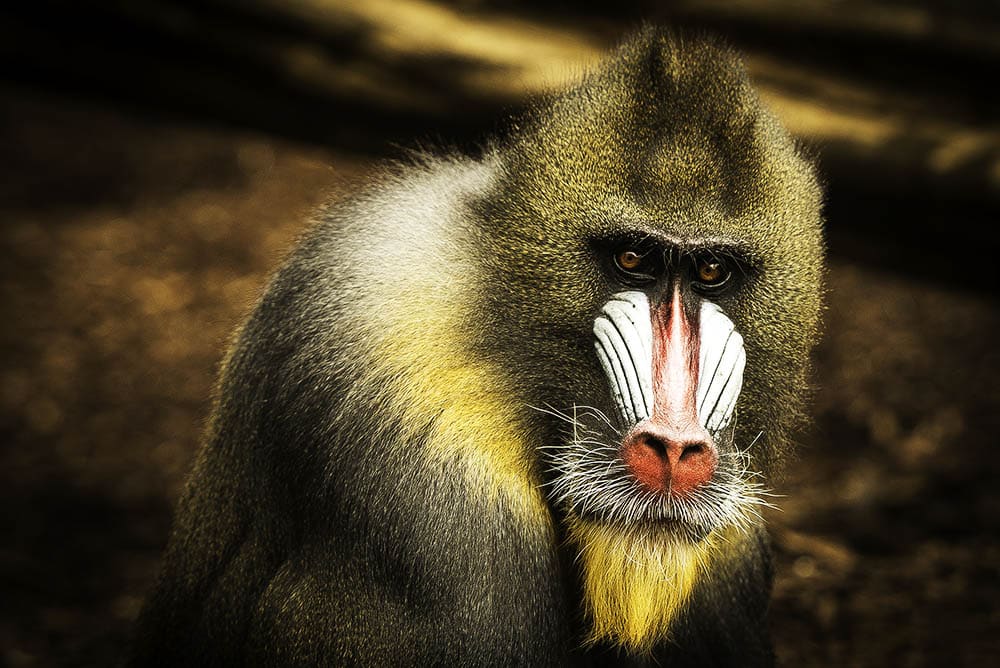Why Understanding the Social Lives of Animals Matters
As humans, we often feel that we are the most important creatures on the planet. However, the world is full of a variety of unique and fascinating animals, each with their own behaviors and social structures. Scientists have long been interested in these animals, studying their social lives and behavior, but sociology may hold the key to unlocking even more secrets about how animals interact with one another.
The Role of Sociology in Studying Animal Behavior
Sociology is the study of how individuals interact with one another through their shared social structures. While this may seem like a human-centric field, it can also be applied to animal behavior. By examining the social structures and group dynamics of animal populations, researchers can gain a deeper understanding of how these creatures interact with one another and how they have evolved to do so.
For example, sociologists have studied the social lives of primates, which are known for their complex social structures. These animals form social groups with clear hierarchies and social norms. Understanding this social structure can help researchers understand how these animals make decisions, establish relationships, and even communicate.
What Can We Learn from Animal Societies?
Studying the social lives of animals can provide valuable insights into the behavior of these creatures, as well as their relationship to the larger ecosystem. Here are just a few of the things we can learn from animal societies:
– Social dynamics: Animals, like humans, live in complex social groups. By studying these groups, researchers can gain a better understanding of how social dynamics work across species.
– Communication: Animals communicate with one another in a variety of ways, including through sounds, body language, and chemical signals. By studying these forms of communication, researchers can better understand how animals convey information to one another.
– Cooperation and competition: Animals both cooperate and compete with one another to survive. By studying these behaviors, researchers can gain insights into how animals form alliances and how they compete for resources.
– Evolution: The social lives of animals have evolved over time, and studying these behaviors can provide clues about how species have adapted to changing environments.
Case Studies: Examples of Sociological Research on Animal Behavior
Numerous studies have been conducted on the social lives of animals from a sociological perspective. Here are just a few examples of the insights that researchers have gained from studying these creatures:
Chimpanzee Society
Chimpanzees are one of the most well-studied animal societies, and for good reason. These primates have complex social structures that are similar in many ways to human societies. For example, chimpanzees form social bonds with other chimpanzees, and these bonds are often based on kinship or shared experiences. These bonds can help the animals to form alliances and work together to achieve common goals.
One of the most interesting aspects of chimpanzee society is their use of tools. These animals are known to use sticks, stones, and other objects to complete a wide variety of tasks. In some cases, chimpanzees have even been observed using tools to hunt for food, a behavior that was once thought to be exclusively human.
Birds and Their Mating Rituals
Birds are another fascinating group of animals to study from a sociological perspective. Many bird species have elaborate mating rituals that involve intricate displays of feathers and behaviors. For example, male peacocks use their colorful and ornate feathers to attract females. Additionally, many bird species practice monogamy, with couples often staying together for life.
Research has shown that these mating rituals and social structures have evolved over time as a way for birds to attract mates and ensure the survival of their offspring. By studying these behaviors, researchers can gain insights into how species evolve and adapt to their environments.
Dolphin Social Interaction
Dolphins are known for their playful and social behavior, and researchers have taken an interest in studying how these animals interact with one another. Dolphins form complex social groups, with individuals often forming long-term relationships with one another. These relationships can be based on kinship, shared experiences, or even just shared interests.
One of the most interesting aspects of dolphin social interaction is their use of sound. Dolphins use echolocation to communicate with one another and navigate their environment. Additionally, researchers have shown that dolphins are capable of creating unique signature whistles that are used to identify individuals within their social group.
Tips for Studying Animal Societies
If you’re interested in studying animal behavior from a sociological perspective, here are a few tips to help you get started:
– Research animal behavior: Before you begin studying animal societies, it’s important to have a solid understanding of the behaviors and traits of the species you’re interested in. Read up on the latest research and familiarize yourself with the terminology used by researchers.
– Observe animals in the wild: Watching animals in their natural habitat can provide valuable insights into their social lives and behavior. Take advantage of opportunities to observe animals in the wild, and make careful observations of their interactions with one another.
– Use technology: Modern technology, such as drones and cameras, can provide unique views of animal behavior. Consider using technology to capture video footage or other data that can help you analyze animal societies.
The Bottom Line: Why Understanding Animal Societies Matters
Studying the social lives of animals can provide valuable insights into the behavior and evolution of these creatures. By examining the social structures and group dynamics of animal populations, researchers can gain a deeper understanding of how these creatures interact with one another and how they have evolved to do so. So whether you’re a biologist or a sociologist, studying animal societies can help you unlock the secrets of the natural world.
